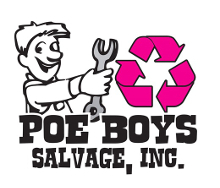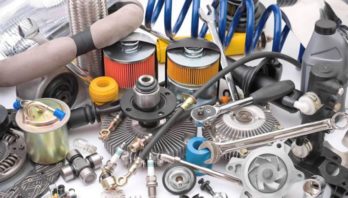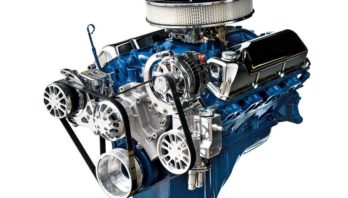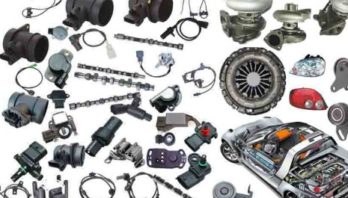Skilled mechanics often want to rebuild vehicles out of used parts. They often buy old cars and restore them with used parts that they find at salvage yards. Getting a used engine is arguably one of the most important pieces in the parts shopping process.
Finding a used engine
Finding a high quality engine could be more difficult than finding an undamaged secondhand engine. When an automobile is complete, you can drive it to see exactly how well it runs. While you could run an engine on a test bench, it can be difficult to gauge how much power it really produces. A worn-out engine can run well but shut down the minute it is linked to an actual load. On the other hand, an engine that doesn't start up can have absolutely nothing wrong apart from small problems.
Your initial step to purchasing a used engine must be to determine what kind of engine works with the cars and truck you're building. It needs to be the appropriate size to match the engine bay and couple properly with the car's transmission.
You should have a couple of engines that are a technological match on your shortlist as well as evaluate each to evaluate the type of problem it is in. It's possible to conserve cash when making use of salvage engines. If you evaluate the problem of an engine improperly, however, you could erase all your cost savings. Here are a couple of tests that you could use to figure out if a used engine is a good buy.
Prior to starting the engine
Your initial step evaluating the condition of an engine needs to be to look it over for indicators of oil leaks. Not every leak is bad. On engines from the 60s and 70s, minor leakages could in fact be considered regular. Some people aim to assess the problem of an engine simply by taking a look at the engine oil dipstick. If they see black sludge on the dipstick, it's an indication that the owner has actually been neglectful. An engine with suspiciously clean oil, however, can be an attempt by the proprietor to look more diligent compared to how he truly is.
You have other methods of evaluating an engine by its oil. If the oil on the dipstick possesses a creamy colored gray shade, it's an indication that water from leakages in the engine case entered into the oil sump. You could ask the owner what type of oil he utilizes. If he states an especially viscous quality like 20W-50, you could take it as an indicator that the engine has leakage problems. Individuals just have to utilize thick oil when they have trouble keeping thinner oils from dripping.
Starting the engine
While it could take some work to hook an engine to a battery and a gas line, you ought to attempt it.
If the starter motor makes grinding or grumbling sounds, it's an indicator that the flywheel has worn-out teeth. Unless you have a cheap starter motor aligned, an engine similar to this is no good.
If the engine appears to rise and fall in pitch while idling, it may be an indication that the cylinders are bad.
You need to maintain a close watch on the color of the exhaust. If it is blue, it's an indication that the seals are worn.
Carry out a few engine tests
Remove and look at the spark plugs. If they are glossy with oil or have a build-up of a white deposit, it indicates that the engine has an oil issue.
Perform a compression test. An in-depth examination like this can offer you a great detail about the condition of the engine. You can buy a compression gauge for under $100.
While it might feel like a great deal of difficulty executing unlimited tests on a cars and truck engine that costs much less compared to $500, you have to remember that automobile lovers don't mess about with vehicles to conserve time and money. They do it due to the fact that they like equipments as well as intend to understand them.







